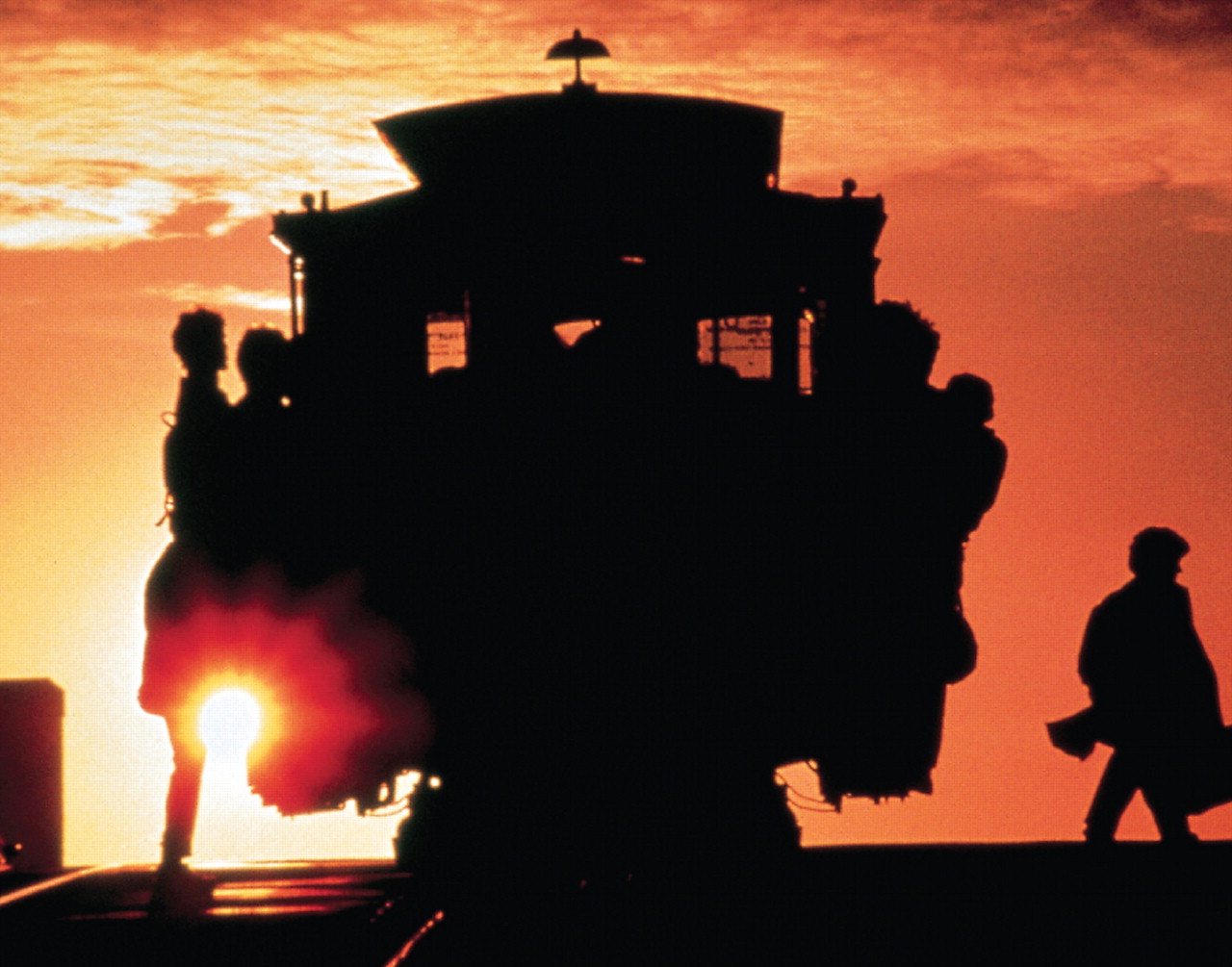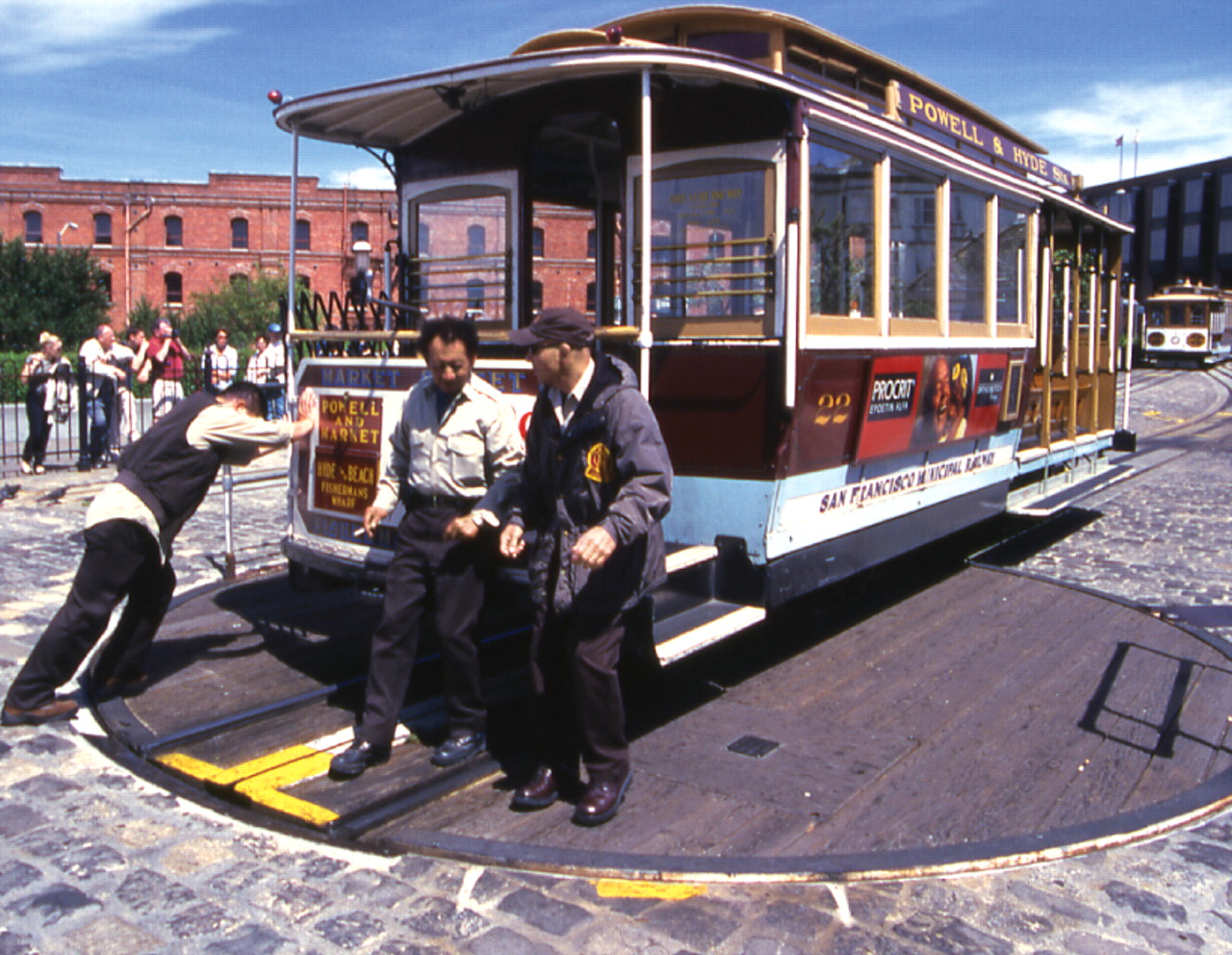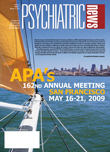“You wouldn't think such a place as San Francisco could exist,” wrote the poet Dylan Thomas in a letter back home to Wales, and he then began to list the city's charms.
Among those charms—the hills, the sunlight, the bridges, and the sardine fleets on the water—he also listed “the little cable cars whizzing down the city hills.”
The little cable cars are still doing so—on three lines: the Powell-Mason line, which runs from Powell and Market to Fisherman's Wharf; the Powell-Hyde line, which runs from Powell and Market to Aquatic Park near Ghirardelli Square; and the California Street line, which runs east to west from the financial district to Van Ness Avenue.
The cable cars have been a part of the San Francisco landscape since the first one was tested in 1873.
According to information on the San Francisco Cable Car Web site, the cable car had its origins in calamity when Andrew Smith Hallidie, a British immigrant and inventor, happened to witness an accident in 1869: a horse-drawn streetcar slipped backwards on a rain-soaked, cobble-stone hill, dragging five horses to their death.
As it happened, Hallidie's father had filed the first patent in England for the manufacture of wire rope. Andrew had brought the technology to America and used it to design suspension bridges; he also used it to help pull heavy ore rail cars out of underground mines.
Witnessing the accident gave him the inspiration for another use of the wire rope—and thus was born the cable car. A cable car is pulled along a hilly track by an underground cable. The cable is gripped by a vice-like mechanism operated by a grip lever—hence the name “gripman” for the cable car driver—in the front of the car.
The first working cable car line began at Clay Street in 1873, and five years later the California Street Cable Railroad Company (CalCable) went into service. In the closing years of the 19th century, several other cable car lines had begun service; but by 1892, the cable car was headed for a collision with technological innovation when the first electric streetcars with overhead wires appeared.
When a devastating earthquake shook the city in 1906, many of the cable lines were destroyed, and much of the city was converted to streetcar service.
Thereafter the cable cars went into a period of declining use, with lines being converted to streetcar or bus service. By the late 1940s, then Mayor Roger Lapham was calling for ending the cable car system permanently, according to the cable car Web site.
But the cable car had also by that time become one of the symbols of the city, and the public mobilized against the attempt to close the system down. The fight was led by Friedel Klussman, who became known as “The Cable Car Lady.” On November 4, 1947, a citywide vote was held on a charter amendment to keep the cable system running—and the measure won by a vote of 166,989 to 51,457.
There was to be further consolidation of cable car lines, however. By December 1957, what remained were the three lines running today. On October 1, 1964, an official ceremony dedicated San Francisco's cable-car system as a special “moving” National Historic Landmark.
Between 1982 and 1984 the cable system underwent a renovation, and the historic cars were refurbished.
The city's love of its moving landmark led to the establishment of the Cable Car Museum in the historic Washington/Mason cable-car barn and powerhouse at 1201 Mason Street. The museum deck overlooks the enormous engines and winding wheels that pull the cables.
Information about San Francisco's cable cars, including fares and routes, is posted at < www.sfcablecar.com>. Information about the Cable Car Museum is posted at<www.cablecarmuseum.org>.▪


